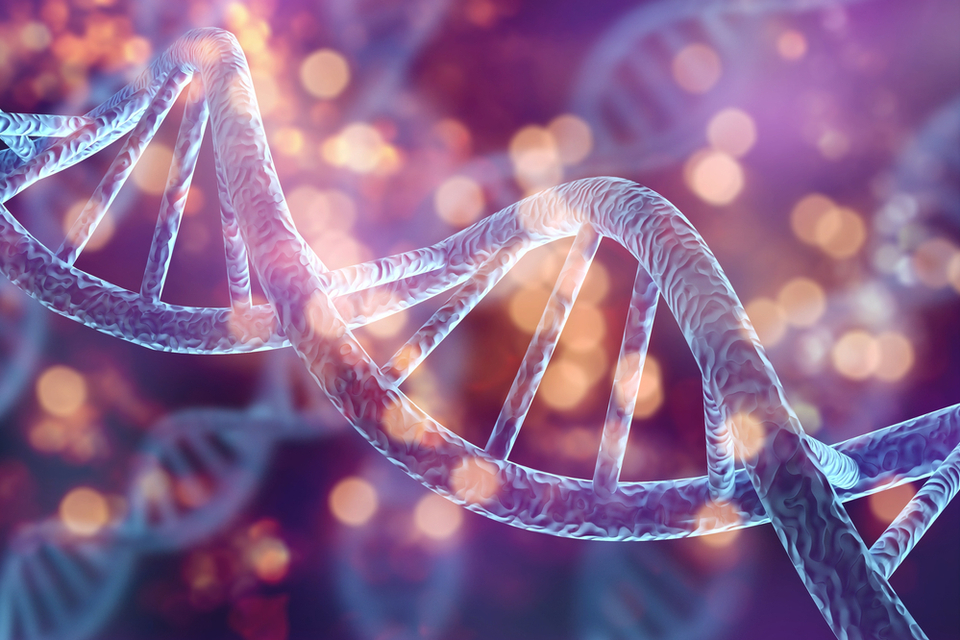Researchers from Cornell University have created living machines from DNA that are capable of performing the critical functions needed to sustain life. The Cornell scientists built the biomaterial out of synthetic DNA to organize, assemble, and restructure itself autonomously.
Despite the new biomaterial’s apparent capability to eat and grow like biological cells and tissues, the scientists are not yet ready to admit that they have developed lifelike machines. In their study, the researchers mentioned the material’s artificial metabolism capabilities as characteristics of life but never claimed the material itself to be alive.
Dan Luo, a professor from the College of Agriculture and Life Sciences at Cornell University, said:
“We are introducing a brand-new, lifelike material concept powered by its very own artificial metabolism. We are not making something that’s alive, but we are creating materials that are much more lifelike than have ever been seen before.”
The Living Machines
Giving machines artificial intelligence has been one of the key highlights of this century. AI technology has made significant strides in the last decade that gave power to many devices and machines today like smartphones, computers, robots, and even vehicles.
However, creating living machines or synthetic materials that can grow and sustain themselves takes everything to a whole new level. According to the researchers, their biomaterial is currently on par with biologically complex organisms like mold. The team explained in their paper published in the journal Science Robotics:
“Here, we report a bottom-up construction of dynamic biomaterials powered by artificial metabolism, representing a combination of irreversible biosynthesis and dissipative assembly processes. An emergent locomotion behavior resembling a slime mold was programmed with this material by using an abstract design model similar to mechanical systems. An emergent racing behavior of two locomotive bodies was achieved by expanding the program.”
The researchers believe that their biomaterial can be used to identify pathogens and hybrid nanomaterials. The team also reported that the development of dynamic biomaterials with artificial metabolism could pave the way for scientists to explore and potentially create artificial biological systems capable of regenerating and sustaining themselves.



















Comments (0)
Most Recent